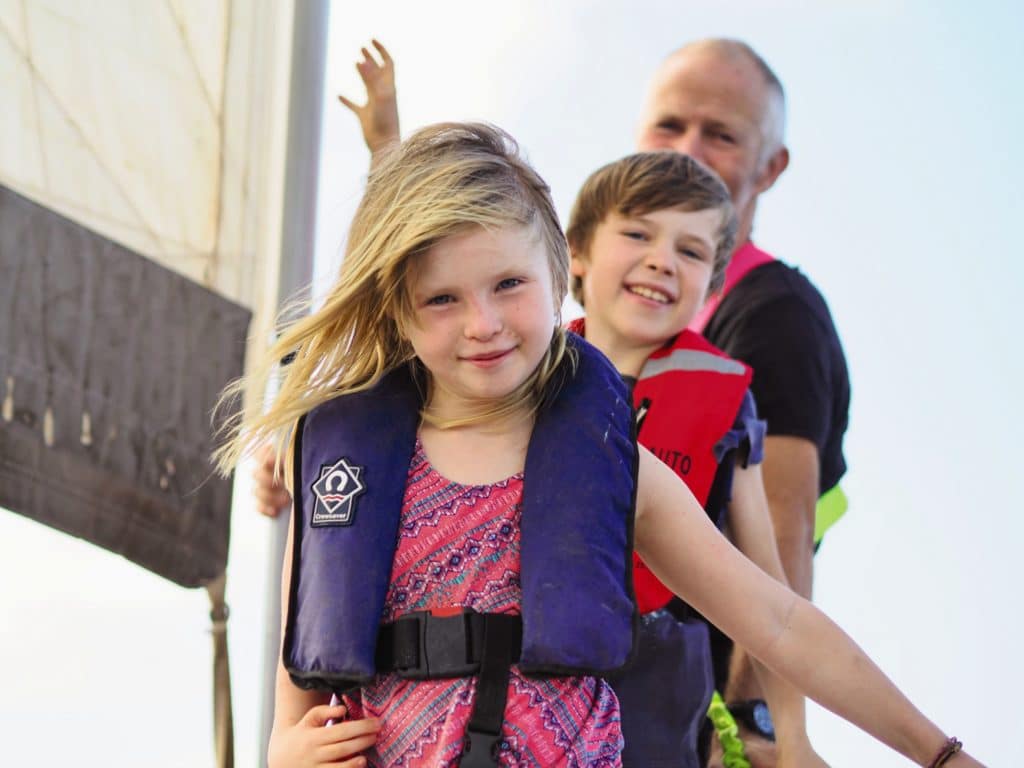
John and I have been sailing our 50-foot cutter-rigged sloop, Atea, through the Pacific, Asia and the Indian Ocean for the better part of 10 years with our two children, Braca and Ayla. We had two choices when considering our route back into the Pacific from the Atlantic: south through Patagonia, or north through the Panama Canal.
While the remote beauty of Chile was appealing, we’d dragged our kids around the globe with very little same-age companionship, and we felt it was time to show them that they weren’t the only children living on boats. We knew that there was no better place to demonstrate this than the Caribbean. We chose the northern route from Africa, bound for party central.
We arrived in the West Indies in early 2021, amid the pandemic. We were aware that lengthy quarantine periods and PCR tests would restrict our movement through the islands, and we knew that far fewer boats would be traveling this year. Protocols were in place to enable movement throughout the islands. We needed to find a “bubble”—somewhere we could island-hop without having to test into each island.
An ideal time to travel
We settled on St. Vincent and the Grenadines, a group of 32 islands spread across 60 miles in the southern Caribbean Sea, where we could travel freely. All we needed to do was drop $1,000 on PCR tests and endure a two-week quarantine.
In fact, 2021 was the perfect time to visit the Grenadines. Traveling throughout the Caribbean for work in the 1970s, my father described the Grenadines as a “warm, fuzzy puppy,” full of friendly people in a relaxed atmosphere. Those same islands are now swamped by cruise ships and charter boats in high season, when bays are overcrowded with tourists. But because of COVID, those crowds had disappeared.
The 350 cruising boats that used to lay fender to fender in Bequia were reduced to a dozen. The frenzy of the Tobago Cays was a quiet oasis. As we nudged into spots a boat length from the beach, I appreciated that I was not sitting in the back of a pack of yachts, squinting through the traffic jam for a view. The odd fisherman offered a few fish from his hold, and the occasional fruit seller came by. That palm-licking puppy had returned.
A rare opportunity
St. Vincent and the Grenadines offers everything from large volcanic islands to small sandy cays with a range of activities. There are seven inhabited islands, and of those, three have infrastructure for boat maintenance, provisioning and shoreside services. The main island of St. Vincent is the big brother, supporting the other islands with an air of indifference. Bequia, the little sister, is upmarket and sassy, drawing attention with flare and fancy ways. Union, the baby, sits quietly in a southern corner, modest and unassuming. The remaining five inhabited islands—Mayreau, Canouan, Mustique, Petit St. Vincent and Palm Island—have a much smaller population but no less character.
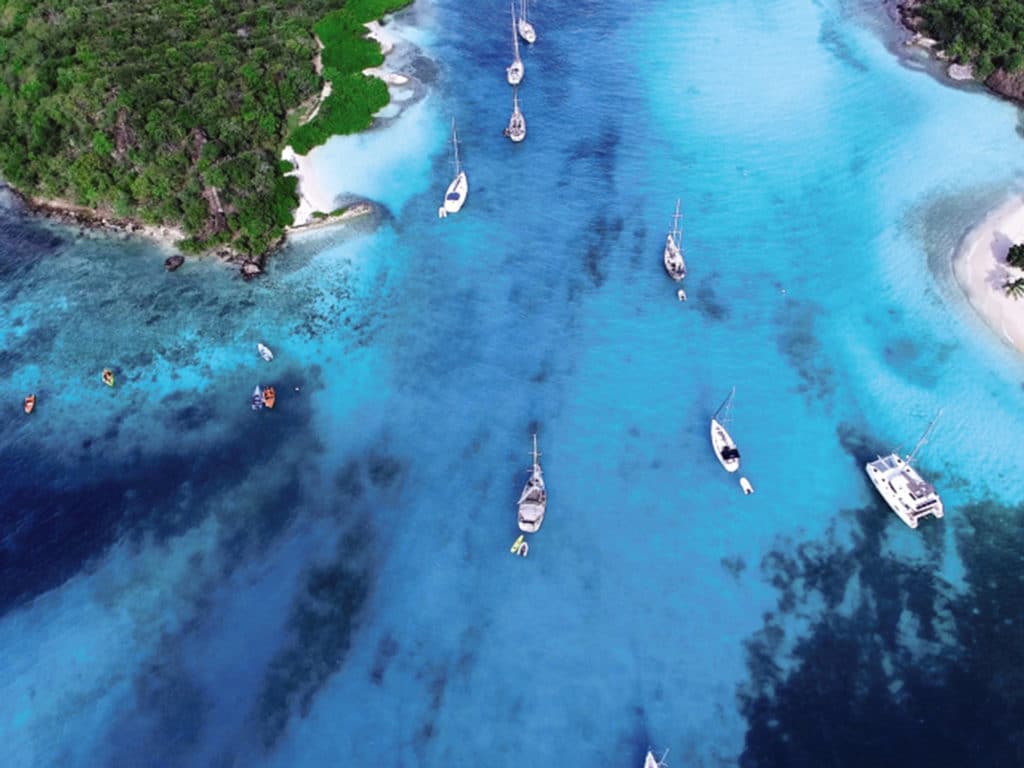
But the Grenadines is more than just a place. It is an opportunity.
We spent two months traveling up and down the island chain. The reduced tourism meant little harassment, empty beaches, low-key venues and a relaxed island vibe. The fact that all the islands lie in such close proximity means you can hop without committing to a route plan. The trade winds are always blowing, and the temperature is always 82 degrees Fahrenheit. Days are filled with bright blue skies, and nights are a blanket of gentle warmth.
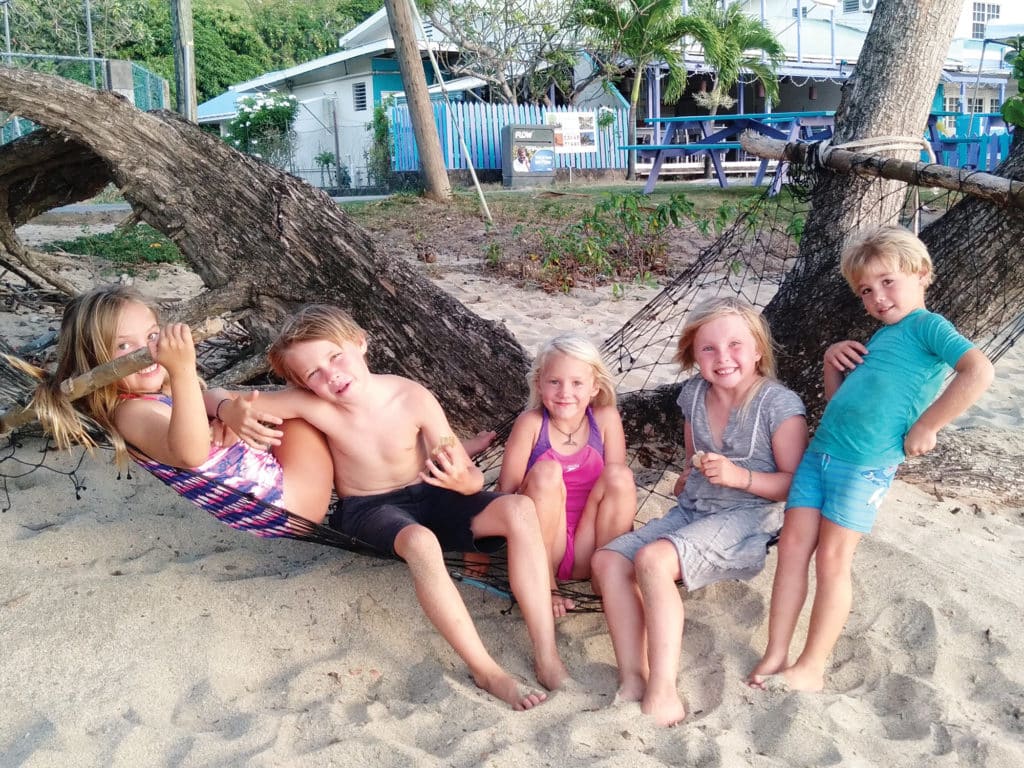
The diversity of each island means you can choose from small coral atolls or lush mountainous islands, from isolated coves to populated villages. You can feast on cheap street food or lavish five-star meals. You can sip flower-adorned cocktails at scenic lookouts or guzzle Hairoun beer in a backstreet bar.
And you can do this all in your own time. At 12.5 degrees to 13.5 degrees north, technically speaking, the Grenadines lies within the hurricane belt as defined by most insurance agencies. Lying at the southern end of the Lesser Antilles, the island chain is on the edge of most hurricane activity, and its proximity to Grenada means a recognized hurricane hole is only a day’s sail away.
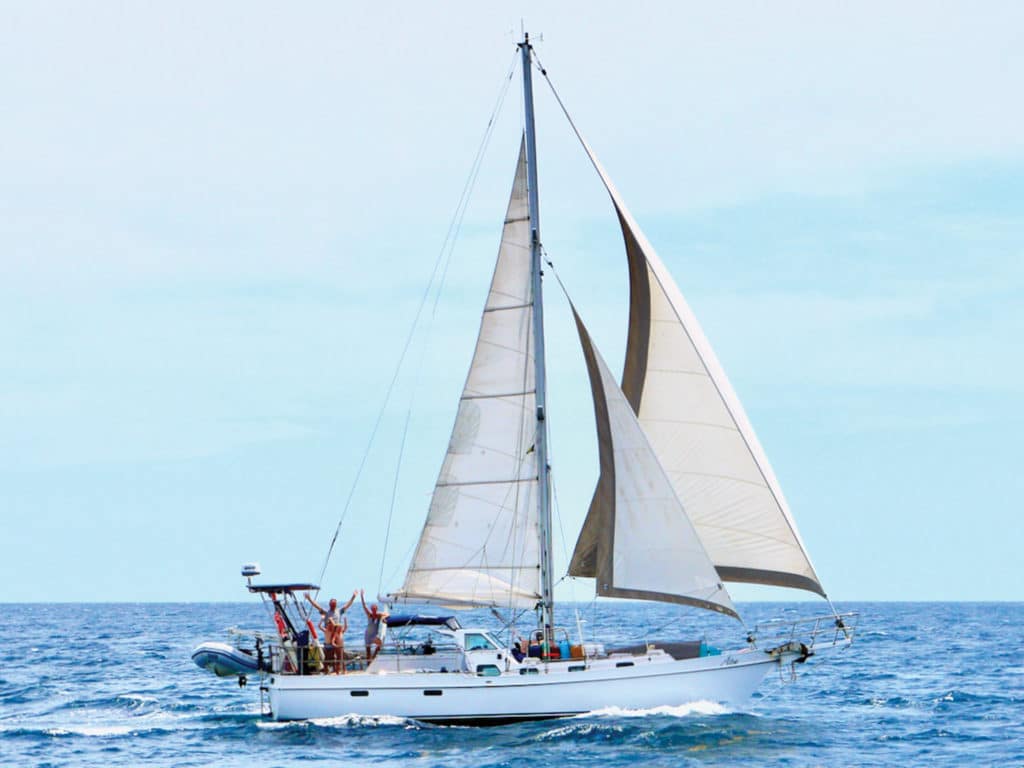
Each island has its own character. We saw the beautiful black volcanic shores of St. Vincent, and traveled inland to hike up steep, forested mountains and down lush, winding valleys to swim in freshwater pools fed by cascading waterfalls. In Bequia, we wandered through tropical gardens, enjoyed meals at a century-old plantation house, and drank cocktails at a floating bar. We explored the dilapidated ruins of a cobblestone compound, and spent our days swimming from boat to beach and diving the excellent reefs around the bay.
We relaxed on the soft, white sandy beaches of the Tobago Cays, searched for small tortoises and large iguanas in the bush, and looked for turtles, rays, and sharks on the reef. We ate lobsters fresh off the barbecue, and stoked bonfires and drank rum with the ghost of Jack Sparrow.
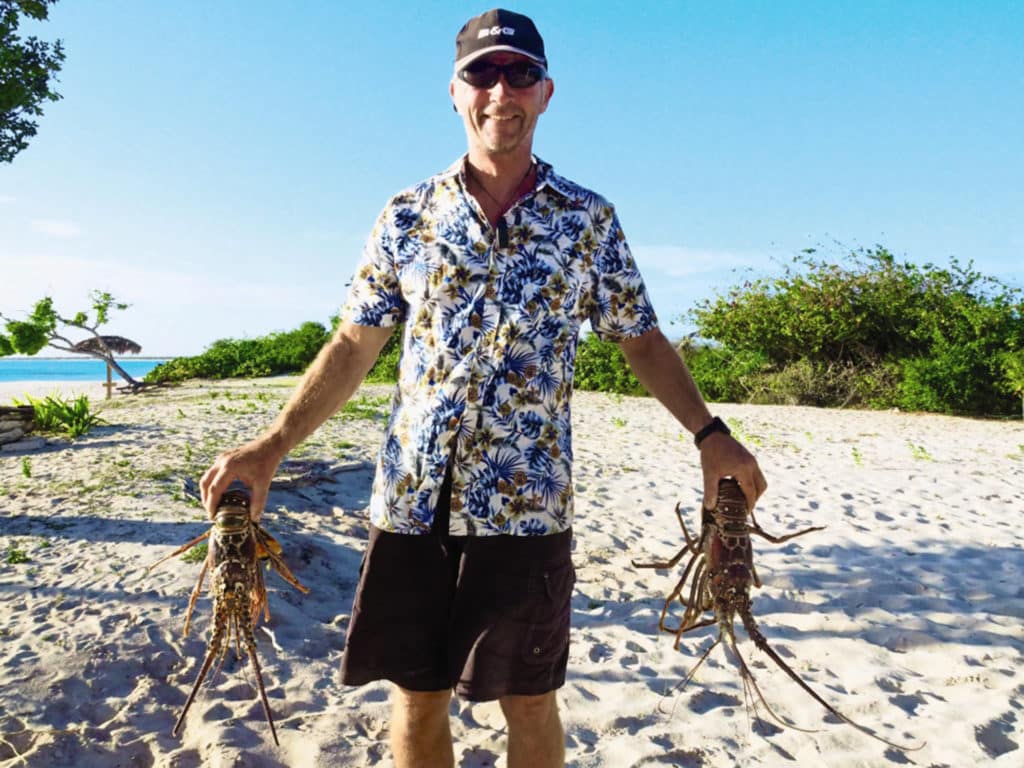
In Union, we spent our days kitesurfing, driving our kids around on mono-skis, and hiking up rocky peaks for views of the surrounding islands and our anchorage below. In Canouan, we hung out in a first-class marina, and in Mayreau, we strolled through small villages and picked seasonal fruits from heavily laden trees. We cracked coconuts and carved out the meat, sticking them in the fire before washing them in the sea, following the local custom.
Best of all, we found what we came to the Caribbean in search of: other kids. We met more kids on boats in the Caribbean in half a season than we came across during all our years of travel combined. In the Caribbean, every other boat has a kid bouncing on a trampoline or swinging from the halyards. The VHF radio is a chatter of young voices and invitations for beach activities, game dates and sleepovers. Home schooling, typically a struggle of wills, is now whipped through without complaint. Our boat is either a hive of loud, manic bodies or a silent sanctuary. When it comes to cruising families, we fell into the vortex when entering the Caribbean. It’s the best kind of maelstrom I can think of.
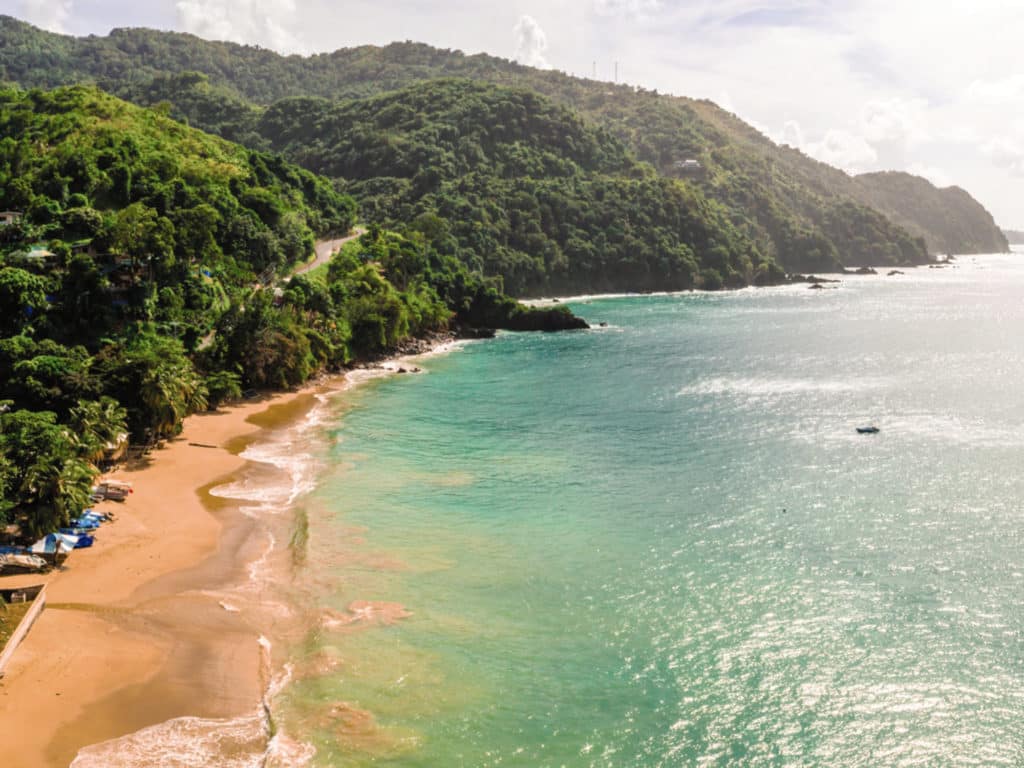
When looking back at our decision to head for the Caribbean this year, I know that it was the right one for us. This was a special time to see the islands as they were in my parents’ years—to see the puppy in the dog.
Kia Koropp and her husband, John Daubeny, have been cruising the world over the past 11 years with their two children (ages 8 and 10) aboard their steel cutter-rigged sloop, Atea.








